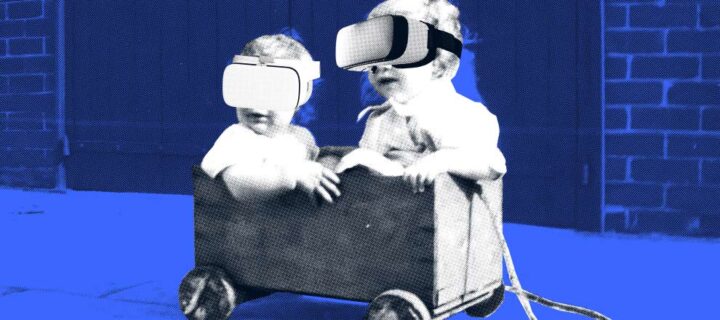Metaverse Both Useful and Dangerous for Children

Researchers at a European Union government think tank evaluated the pros and cons of children using virtual reality, concluding that Metaverse technologies can both positively and negatively impact children.
Maria Niestadt, Analyst at the European Parliamentary Research Service (EPRS), claims that virtual space can enhance children’s creativity and increase their motivation for learning. According to Maria’s findings, Metaverse technologies can also aid in treating certain childhood illnesses.
For example, the EPRS believes that virtual worlds can be used for diagnosing and treating various childhood mental and physical disorders, such as autism or attention deficit hyperactivity disorder (ADHD). Virtual space can also be used to promote healthy lifestyles, assist in overcoming children’s fears, or aid in physical rehabilitation.
Analysts also highly appreciate the educational initiatives within Metaverse technologies. According to the EPRS analysts, deep immersion in the learning process through using virtual space positively affects children’s social interactions. Metaverses provide children with cultural and social experiences.
On the other hand, the EPRS analysts are concerned about the negative consequences of children using Metaverse technologies. The document mainly focuses on the physical and psychological effects of children’s use of VR headsets. Prolonged use of virtual reality goggles causes dizziness, nausea, anxiety, and fear in children more frequently than in adults. Continuous use of the Metaverse can lead to social isolation, and children may also be subjected to harassment and bullying in virtual space. The EPRS analysts believe that the issues of children’s safety and privacy in virtual space remain particularly relevant.
Earlier, concerns about children’s safety in virtual space were also expressed by participants of the World Economic Forum. In Japan, Metaverse technologies are actively used to motivate students, and higher education institutions in Asian countries are introducing virtual reality into educational processes.











